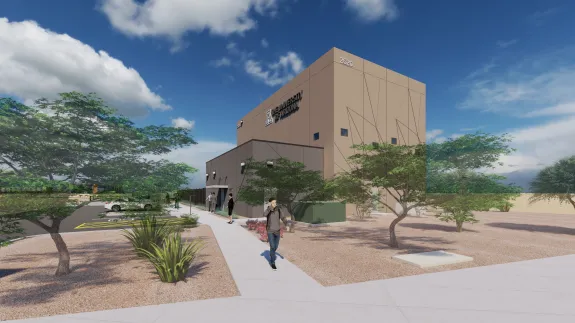
Mission Integration Lab
The Mission Integration Lab expands research capacity to tackle grand space-based challenges and position the the University of Arizona as one of only a handful of institutions that can run top-dollar missions.
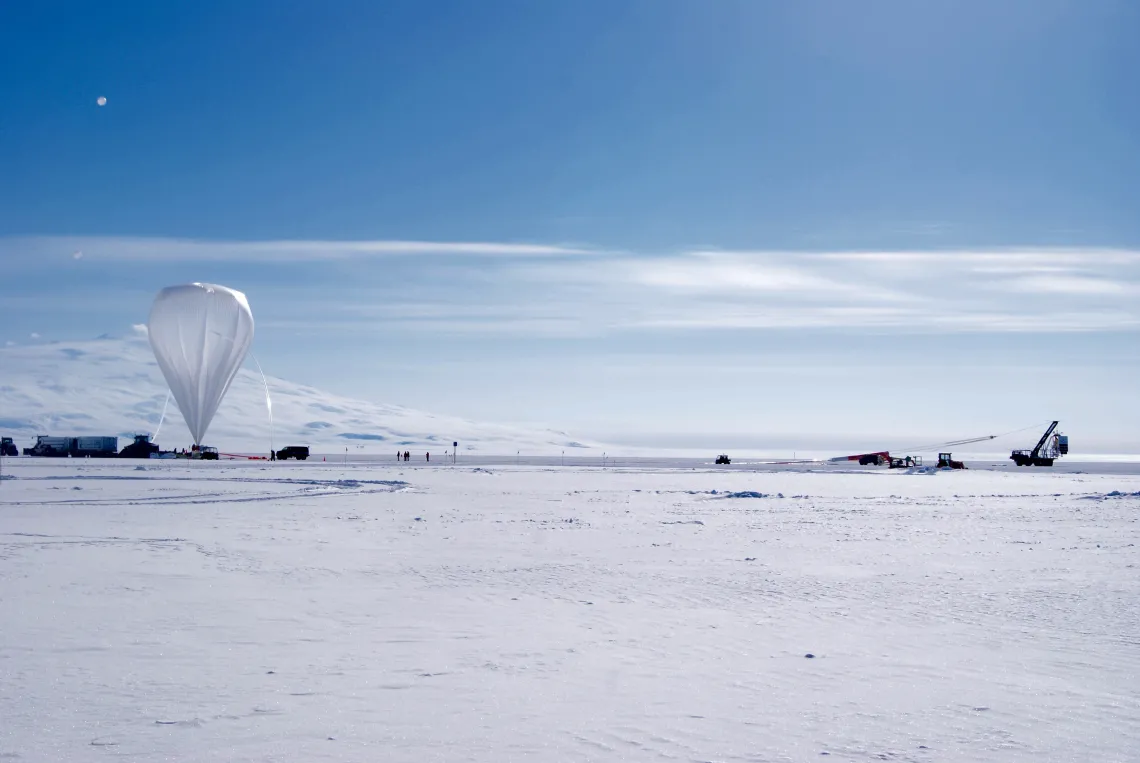
Floating at the Edge of Space
The Mission Integration Lab accommodates balloon-borne astronomy, which fills an important niche between ground-based observatories and space telescopes, providing an ideal way to deploy telescopes and other instruments to altitudes where they experience less interference from the Earth's atmosphere. Modern balloon-borne observatories offer space-like views of the universe in missions that require a fraction of the time and cost of a full space mission. These missions are also a platform to test cutting-edge technologies that will define future orbital missions.
In the News
KOLD
UA’s new Mission Integration Lab ready to help bring in top-dollar NASA projects
UA News>>
Gallery: Grand opening of new lab for balloon-borne astronomy
Tech Parks Arizona>>
University of Arizona Launches Mission Integration Lab at new UA Tech Park at The Bridges
KVOA
Mission Integration Lab opens at the University of Arizona Tech Park
Arizona Daily Star
UA christens new research-balloon lab in Tucson
UA News
The University of Arizona will develop and test balloon-borne payloads at new Mission Integration Lab
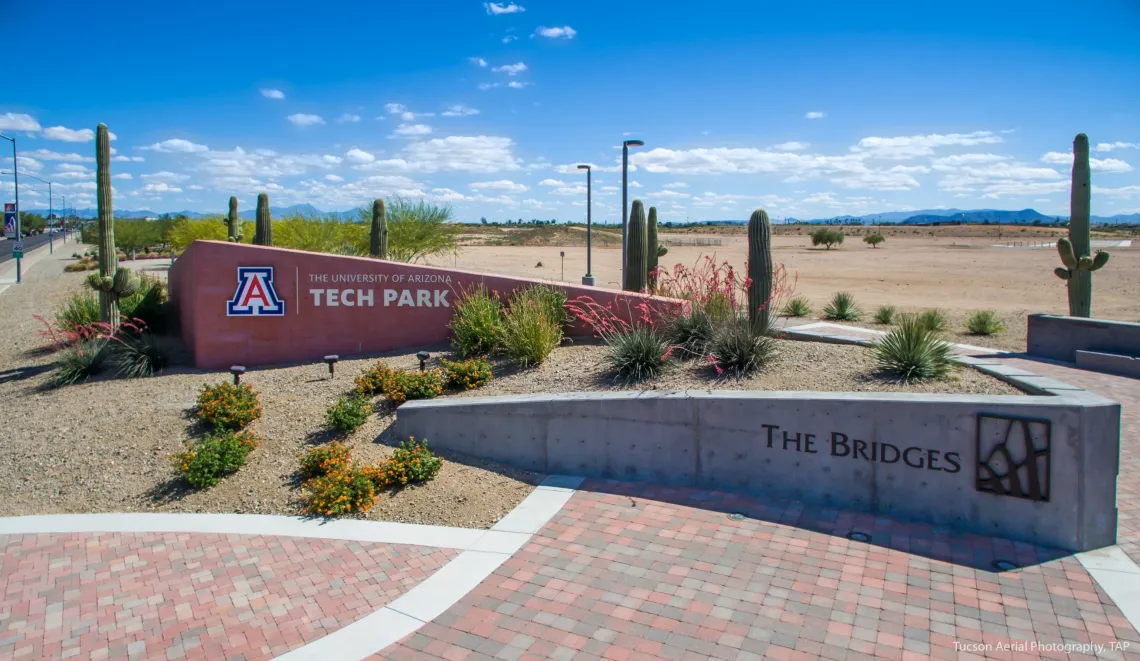
A Dynamic New Location
The Mission Integration Lab is located at the UA Tech Park at The Bridges, just three miles south of main campus, where researchers and students can work on instruments, telescopes, and high-altitude balloon technology to build and test hardware for experiments and missions designed to fly at extremely high altitudes. The new building has additional room to grow research programs and partnerships for students and faculty, federal agencies, and corporations.

“The Mission Integration Lab builds on the University of Arizona's long-standing legacy as a national leader in space exploration. This state-of-the-art facility allows us to prepare and test the technology and operations that drive our missions before they launch. We are not just participating in the future of space exploration—we are shaping it." — Elliot Cheu, University of Arizona senior vice president of research and innovation.
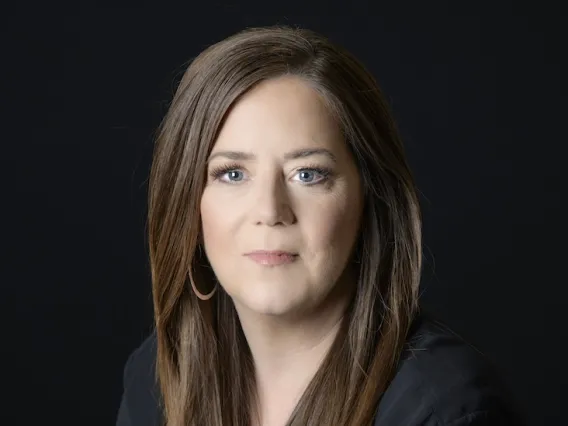
“The UA Tech Park was designed to develop purpose-built environments for university, industry, and government entities to come together to advance leading-edge technologies. This is the first research-specific building up at the UA Tech Park at The Bridges.” — Carol Stewart, Vice President, Tech Parks Arizona
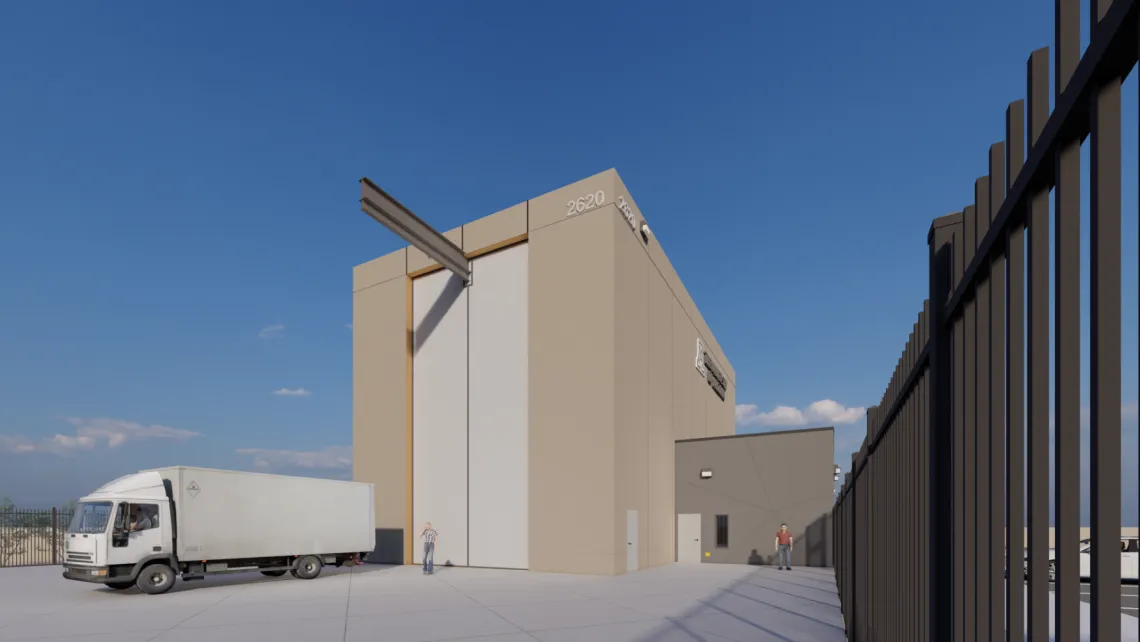
Inside the Mission Integration Lab
The tall, hangar-like “high bay,” serves as a test bed for new technology enabling researchers to prepare and test stratospheric balloon payloads and other space payloads as they near flight and seed new testing and evaluation protocols for improved efficiency. Here researchers and students can work on instruments, telescopes and high-altitude balloon technology to build and test hardware for experiments and missions designed to fly at extremely high altitudes sometimes referred to as the "edge of space," a fuzzy, ill-defined transition zone between Earth's atmosphere and space.
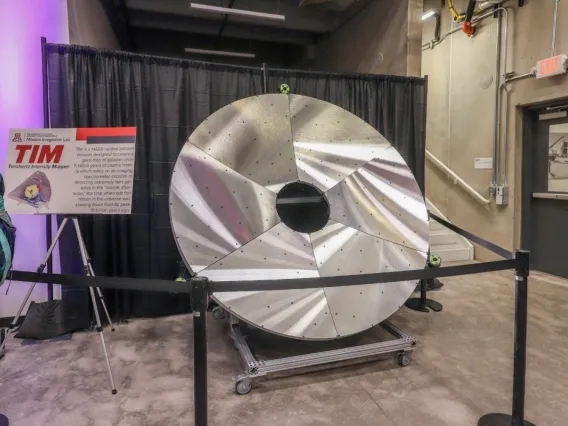
Terahertz intensity mapper, or TIM, a NASA-funded balloon mission designed to create a giant map of galaxies over 5 billion years of cosmic history which relies on an imaging spectrometer capable of detecting extremely faint galaxies in the “cosmic afternoon,” the time when star formation in the universe was slowing down from its peak 10 billion years ago.
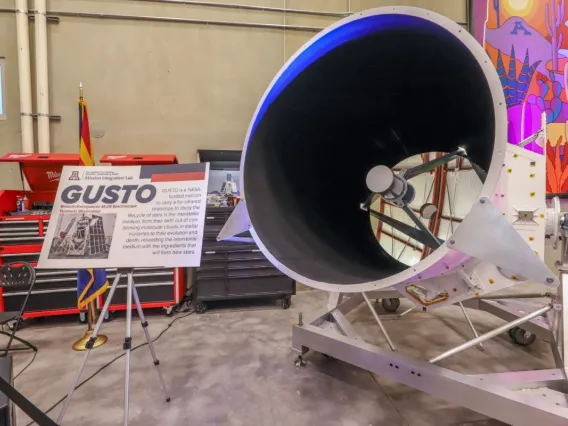
GUSTO, short for Galactic/Extragalactic ULDB Spectroscopic Terahertz Observatory, a NASA-funded mission to carry an infrared telescope to study the lifecycle of stars in the interstellar medium, from their birth out of condensing molecular clouds in stellar nurseries to their evolution and death, reseeding the interstellar medium with the ingredients that will form new stars.
A mural to represent our yearning to look to the skies
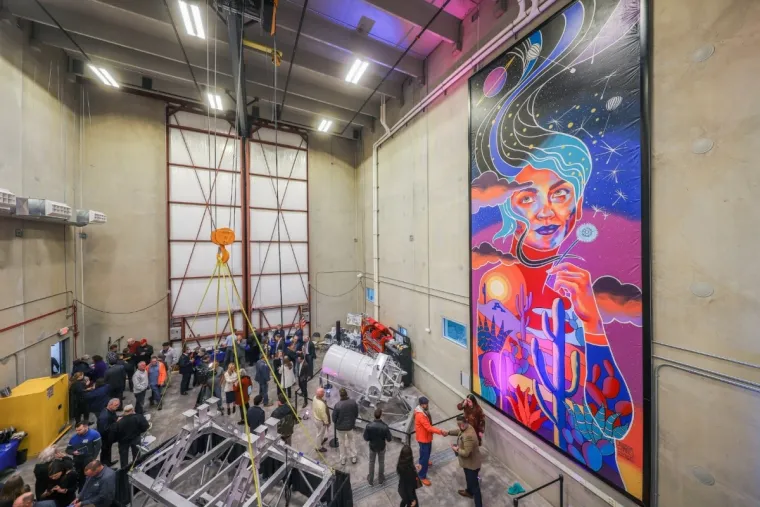
"Seeds of Wonder" mural by Jessica Gonzales installed in the Mission Integration Lab
"Seeds of Wonder" by Jessica Gonzales
The Seeds of Wonder Mural was commissioned by the University of Arizona SXSW Wonder House project, and created nearly in its entirety during the Austin activation, March 2022, by University of Arizona Alum Jessica Gonzales. The mural was completed in November 2022 at the Mission Integration Lab where it is permanently on display.
This canvas and acrylic mural exemplifies our yearning to look to the skies for inspiration and is about harnessing our passions and following our dreams. The color palette represents stunning Arizona sunsets and celebrates the beauty of the desert as well as the stargazing-friendly night skies.
Half a century ago, high-altitude balloon experiments paved the way for orbiting telescopes. Now, high-tech balloons are giving astronomers a reason to keep their instruments a little closer to Earth. Modern balloon-borne observatories fly above all but a thin slice of Earth's atmosphere, offering space-like views of the universe in missions that require a fraction of the time and cost of a full space mission. From the stratosphere, balloon missions can access wavelengths that would be absorbed before reaching the ground to help complete our picture of the universe. These missions are also a platform to test cutting-edge technologies that will define future orbital missions.
Our curiosity, awe, and the need to understand the world around us compels us to explore distant horizons and has positioned us as global leaders in the fields of astronomy and astrophysics.

